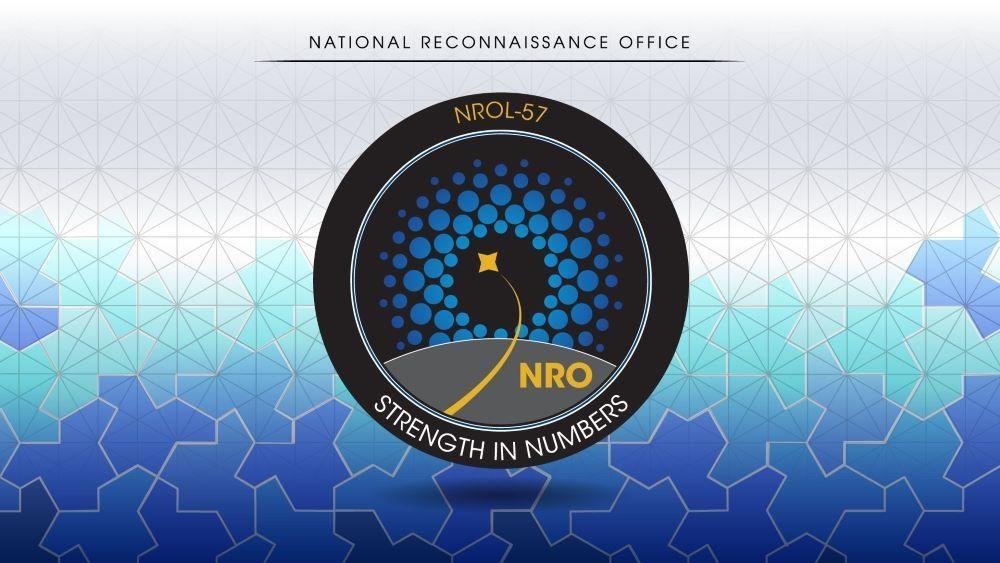This article is published in Aerospace Daily & Defense Report part of Aviation Week Intelligence Network (AWIN), and is complimentary through May 09, 2025. For information on becoming an AWIN Member to access more content like this, click here.

The National Reconnaissance Office is building out a proliferated satellite architecture.
COLORADO SPRINGS—The National Reconnaissance Office (NRO) expects to launch a trio of missions this month, two of which will be used to build out its growing satellite constellation, its director said April 8.
The office has launched eight missions since May 2024 in support of its proliferated satellite architecture providing high-resolution Earth imagery, with the latest liftoff on March 21. The NRO plans to launch the ninth and 10th missions “within days of each other in April,” Director Christopher Scolese said in a televised address.
In March, the NRO stated it has around one dozen launches scheduled for 2025, with about half to suppport the proliferated architecture. Future launches to build out the constellation are expected “at this rapid cadence” through 2029, Scolese said.
The first launch related to the constellation occurred May 22, 2024, from Vandenberg SFB, California. Scolese lauded the current on-orbit architecture’s capabilities, saying it is “already shortening revisit times and increasing observational persistence; delivering enhanced coordination; and empowering faster data processing, fusion and transmission speeds.”
These assets are “making it harder for our adversaries to hide, while reducing time to insights for our customers from minutes to seconds,” Scolese obnserved.
The NRO also is anticipating a third launch in April with a separate national security mission, he said, noting the office has launched more than 150 satellites over the past two years.
Scolese affirmed his commitment to investing in the cybersecurity, data processing, capability and resilience of NRO ground systems, and to expanding agency partnerships with the commercial sector and other government offices.
He made a call to action to the NRO’s partners and customers to collaborate on “the highest and best use” of the agency’s space-based intelligence, surveillance and reconnaissance capabilities, and encouraged ideas on how to better use the data derived from its systems. “We all stand to benefit from a stronger collective commitment to advance the science we need to succeed,” he added.





